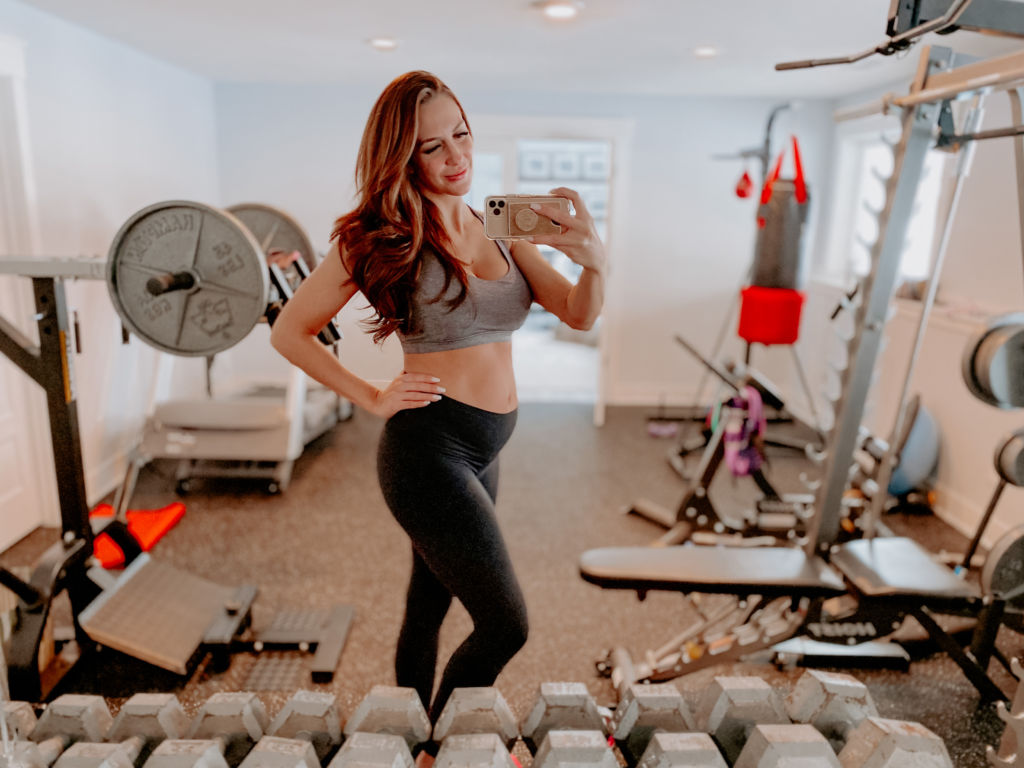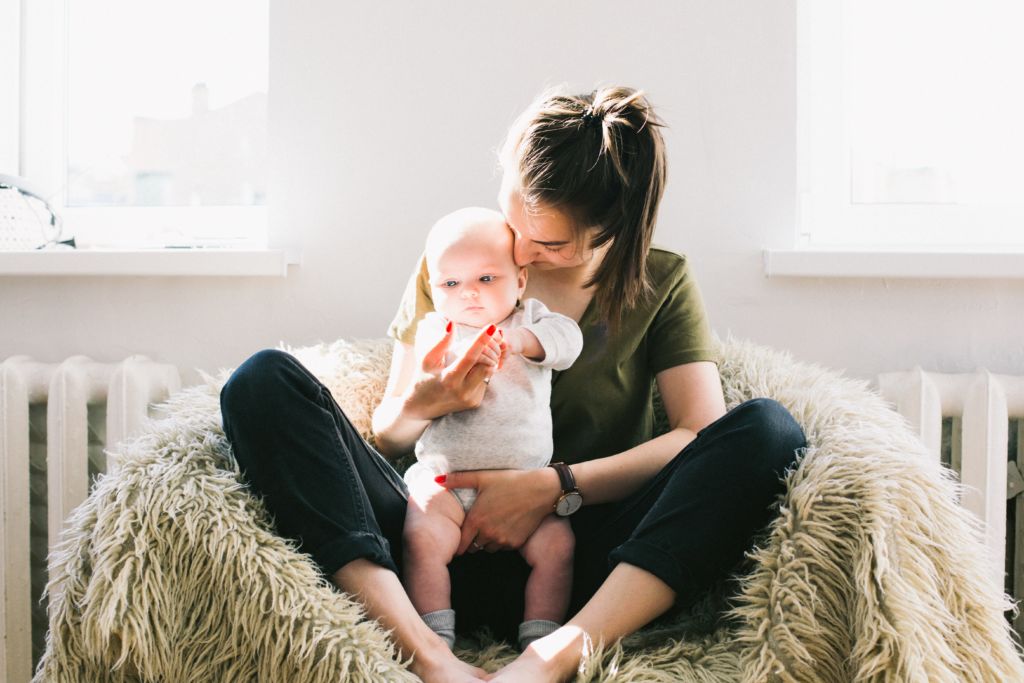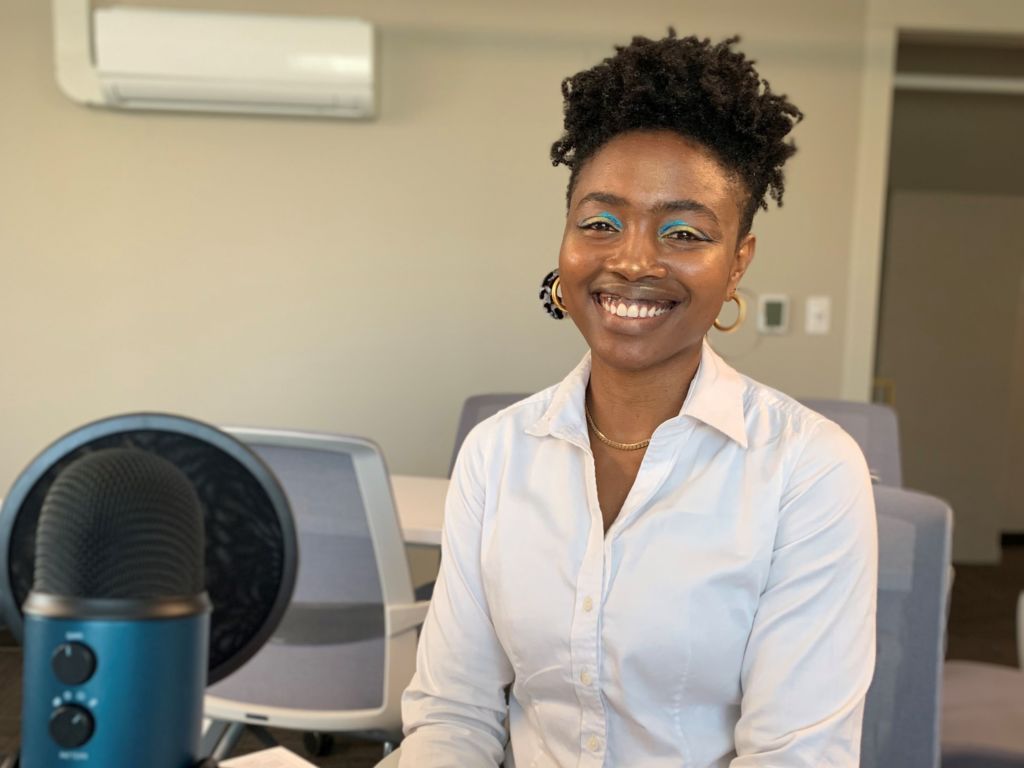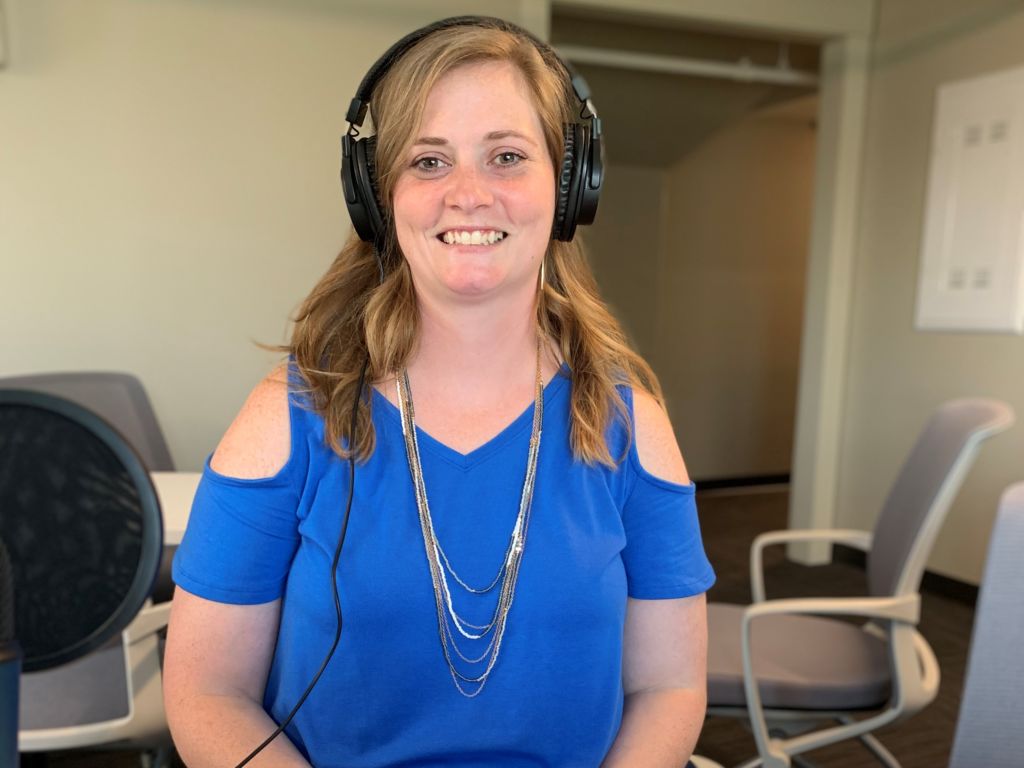Staying Fit and Healthy During Your Pregnancy

My name is Kaysie, and I am currently 20 weeks pregnant. This is my 4th pregnancy and the first one where I have maintained a very healthy and fit lifestyle. I am a mom of three – 16, 13, and 7. After my last child was born I was the heaviest I had ever been […]
How Sleep Deprivation Impacts New Parents

Becoming a parent is one of the most exciting and scary milestones of a person’s life. It’s likely your emotions will run the gamut from excited anticipation and joy, to fear of the unknown and uncertainty about what’s ahead and how you’re coping with parenthood. Managing night time feeds, tending to your baby throughout the […]
Understanding Your Cycle: Podcast Episode #82

Dr. Nave now works with queens through her virtual practice Hormonal Balance. She talks with us today about a woman’s monthly cycle. What’s “normal”? What if you don’t get a period at all? Is PMS a real thing? You can listen to this complete podcast episode on iTunes or SoundCloud. Alyssa: Hello, welcome to Ask […]
Megan’s Sleep Story: Podcast Episode #80

Megan Kretz, one of Alyssa’s sleep clients, tells us about her sleep training journey with her daughter at 9 months and again at 19 months. She says that as a working mom, it meant spending a little less time with her daughter, but that it was all worth it because the quality of the time […]
Chris’ Personal Sleep Story: Podcast Episode #73

Chris Emmer, a former client, talks about her sleep journey with daughter, Sam, and working with Alyssa. She started when Sam was six months old and cannot believe she waited so long to seek help. In a sleep-deprived fog, she finally called in “the big guns” for help! You can listen to this complete podcast […]
Dealing with Stress

Today’s blog comes from one of our previous postpartum doulas, Alex. Her nurturing soul shines in this post, giving us her favorite tips for stress management and self-care. Take the time today, and every day, to nurture yourself. It’s no secret that stress is, inevitably, a part of life, and to some degree is healthy […]
